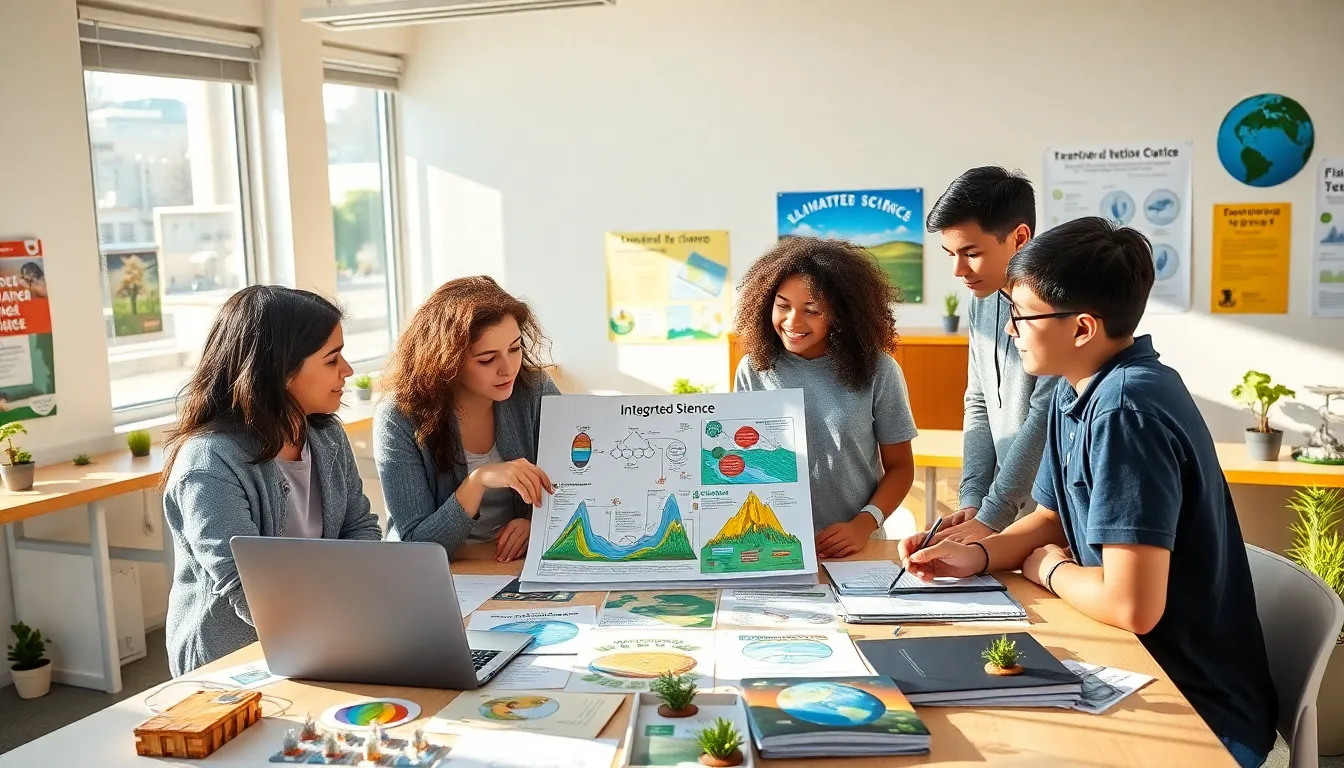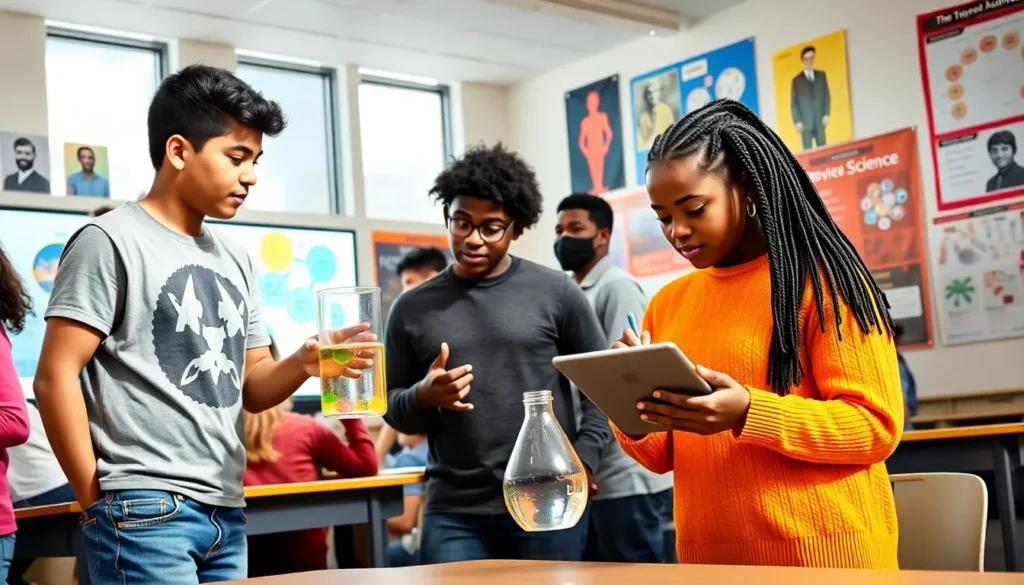Table of Contents
ToggleIn today’s rapidly evolving world, the intersections of various scientific disciplines become increasingly vital to both education and research. Redwebzine Integrated Science embodies this interdisciplinary approach, merging insights from diverse fields to foster a deeper understanding of complex global challenges. This article explores what integrated science entails, its significance, and how Redwebzine contributes to this innovative educational model, preparing students and professionals alike for future challenges.
Overview of Integrated Science

Integrated science serves as a bridge connecting multiple scientific disciplines, allowing for a comprehensive exploration of concepts across biology, chemistry, physics, and earth sciences. This approach emphasizes the relationships between various fields rather than treating them as isolated subjects. The goal is to provide learners with a holistic perspective, enabling them to better understand complex systems and solve real-world problems.
Through integrated science, students gain critical thinking skills and learn to make connections that foster innovative solutions. For instance, studying climate change requires knowledge of meteorology, ecology, and chemistry, thereby illustrating how integrated science can provide a more nuanced view of significant global challenges.
The Importance of Interdisciplinary Approaches
Interdisciplinary approaches play a crucial role in modern science and education. As problems become increasingly complex and multifaceted, a single-discipline perspective often falls short. For example, addressing public health issues involves not just biology but also economics, sociology, and environmental science.
Collaboration among disciplines leads to richer research outcomes and more effective solutions. Redwebzine emphasizes this interdisciplinary approach, encouraging students to engage with various scientific fields, building a framework for problem-solving that transcends traditional boundaries. This model not only enhances understanding but also prepares students to work effectively in collaborative environments.
Key Components of Integrated Science
Integrated science comprises several key components that together create a robust educational framework:
- Conceptual Framework: Understanding fundamental concepts across various disciplines is essential. This includes grasping the basic principles in chemistry, biology, and physics.
- Real-World Applications: Integrated science emphasizes practical situations where knowledge from different scientific fields converges. Students engage in projects that tackle real-life issues, making learning relevant.
- Collaborative Learning: Group projects and discussions foster an environment where students can share insights from their respective disciplines, nurturing collaboration and communication.
- Critical Thinking and Problem Solving: Students are encouraged to approach challenges from multiple angles, enhancing their ability to think critically and devise innovative solutions.
These components prepare learners to address complex issues creatively and comprehensively.
Redwebzine’s Unique Approach to Science Education
Redwebzine stands out in the field of science education through its innovative integrated science curriculum. The organization employs engaging methodologies such as experiential learning, project-based assessments, and technology-enhanced classrooms to bring the integrated science approach to life.
By utilizing tools like virtual simulations and interactive labs, Redwebzine immerses students in the learning experience, making it more meaningful. Besides, their curriculum is designed around current scientific advancements and issues, ensuring that students are educated on the most relevant topics. This forward-thinking approach helps prepare them for careers in an increasingly complex and interconnected world.
Success Stories and Case Studies
Redwebzine Integrated Science has spawned numerous success stories demonstrating the effectiveness of their educational model. One notable case is a project where high school students collaborated with local scientists to develop solutions for managing waste in their community. They applied principles from biology, chemistry, and environmental science, resulting in a sustainable proposal that the local government adopted.
Another example involved a middle school that’s integrated scientific themes into their arts curriculum, allowing students to explore concepts of physics through sculpture and design. The implementation proved that incorporating hands-on, creative aspects into science helps students retain information and develop a passion for the subject.
Challenges in Implementing Integrated Science
While integrated science education has clear benefits, implementing it is not without challenges. Educators often encounter barriers such as limited resources, insufficient training, and resistance to change within traditional educational frameworks. Also, assessment methods need to evolve to adequately reflect students’ understanding of interconnected scientific concepts.
Overcoming these challenges requires collaboration among educators, administrators, and policymakers. They must collectively develop strategies and resources to support integrated science initiatives, ensuring that they meet the educational needs of students adequately.
Future Trends in Integrated Science Education
The future of integrated science education is poised for significant advancements. Emerging trends include increased adoption of technology, such as artificial intelligence and big data analytics, in science curricula. These tools have the potential to transform how students learn about and engage with scientific concepts.
Besides, there is a growing emphasis on sustainability and global citizenship within integrated science programs, reflecting the urgent need to address climate change and other global issues. Schools are likely to incorporate these themes more extensively, aligning science education with global goals.
Conclusion
To conclude, Redwebzine Integrated Science exemplifies how integrating various scientific disciplines can transform education. By fostering interdisciplinary approaches, emphasizing real-world applications, and preparing students for collaborative environments, Redwebzine not only enhances comprehension but also empowers future leaders to tackle complex challenges. As trends in integrated science continue to evolve, educational institutions must remain adaptable, ensuring that learners are equipped with the knowledge and skills necessary for success in an interconnected world.






